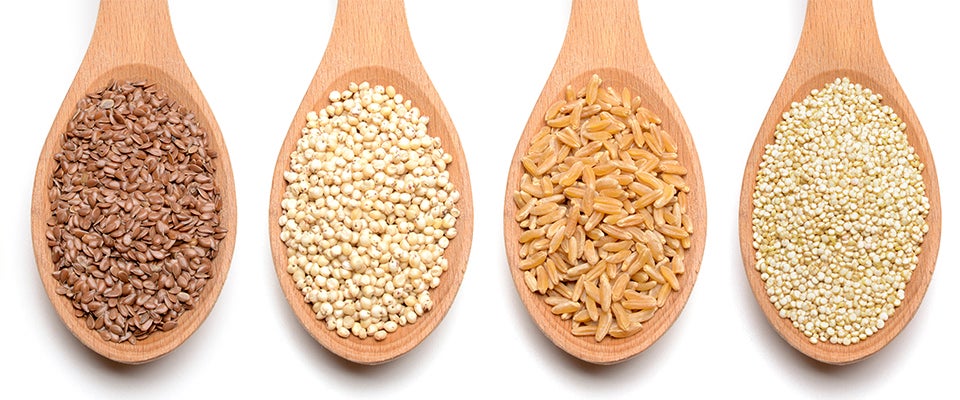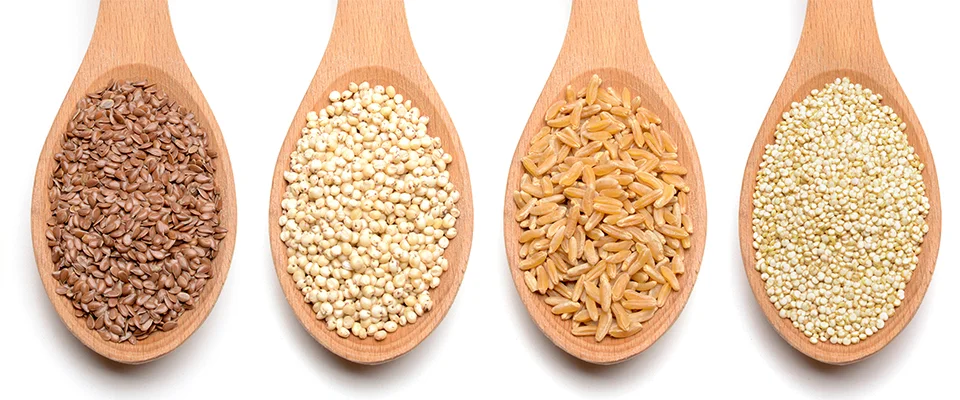What Makes Superfood So Super
A superfood is defined as “a food (such as salmon, broccoli, or blueberries) that is rich in compounds (such as antioxidants, fiber, or fatty acids) considered beneficial to a person’s health,” according to the Merriam-Webster Dictionary. Scientifically speaking, though, there is no official definition of a superfood, other than to say it is a food that offers high levels of desirable nutrients, linked to promoting personal health and wellness or preventing disease and sickness. The notion to define a portion of food as a superfood seems more in line with underscoring a desire to maintain a healthy diet, one rich in fruits, vegetables, lean meats, and whole grains.
The original superfood

Where did the term superfood originate, anyway? Maybe unsurprisingly, the term had little to do with any formal scientific or nutritional study. The origin of the term superfood in fact appeared in the early part of the 20th Century as a strategy to market bananas. Developed by The United Fruit Company, the company used the term to promote the practicality of bananas as a daily source of cheap, easily digestible nutrition. In an article published in a 1918 volume of The Scientific Monthly, author Samuel C. Prescott noted “since the edible portion is surrounded by a thick enveloping skin it is effectively protected against the attacks of bacteria, moulds [sic] and other agencies of decomposition.”
Add it to cereal; have one with lunch; even add it to a salad or fry it up for dinner – the fruit’s many uses made it virtually super.
As the fruit’s popularity began to circulate, so, too, did its moniker. For a time, physicians endorsed bananas as a means to combat a number of ailments, including celiac disease and diabetes. Prior to the discovery of gluten, the American Medical Association believed bananas in a child’s diet would provide relief for celiac disease or even cure it.
21st Century superfoods
More than 100 years after being coined, a term like superfood is virtually synonymous with presumptive health benefits. The Internet and social media can market the benefits of a so-called superfood at viral speeds. The food industry needs only some scientific research on a particular food, some well-worded news articles, and a catchy food marketing campaign, and it too could be a newly discovered “superfood.”
While some “superfoods” do have well-proven health benefits and the endorsement of nutritionists, skeptics argue temporary fads and/or celebrities popularize other foods to the point of misrepresentation.
Food as medicine

Marketing superfoods has created an extremely lucrative business for the food industry. A recent Nielsen survey concluded consumers are looking for “functional foods that provide benefits that can either reduce their risk of disease and/or promote good health.” Health attributes strongly influence the foods consumers buy, who are willing to pay a premium for health benefits, according to the survey, but not all attributes are equally important across the globe. Moreover, the survey showed roughly 75 percent of global respondents believe they “are what they eat” and nearly 80 percent are actively using foods to forestall health issues and medical conditions, such as obesity, diabetes, high cholesterol, and hypertension. These findings seem to coincide with the popularity of top-performing superfoods such as fruits, vegetables, and whole grains that are perceived as healthful.
Top trending superfoods
Between the period of 2011 and 2015, there was a 202 percent increase in the number of new food and drink products launched around the world containing the terms “superfood”, “superfruit” or “super grain”, according to a 2016 Mintel study. The study also noted in 2015 alone, there was a 36 percent rise in the number of food and drink products touting those same terms.

While ancient grains such as quinoa and buckwheat have enjoyed becoming synonymous with “superfood”, chia increased in usage in 2017, along with a number of other ingredients, including:
While science supports the health benefits of certain foods, elevating them to the level of a “superfood,” it is clear the term is more useful for its marketing value than providing ultimate nutrition. This becomes problematic, however, when people focus on the marketing versus the specific food’s actual nutritional value.
Superfoods or super hype?
While certain superfoods may provide an additional benefit to healthy eating, variety and moderation are just as important to our dietary needs. Variety not only in the foods we eat, but in the essential vitamins and minerals our bodies require, and moderation in how much (or how little) of a particular food we eat.




Leave a Reply